What are cold blooded animals?
Cold-blooded animals are also called ectotherms and rely on the environment to regulate their body temperature. They can’t generate heat and must use external sources of warmth or coolness to maintain a stable internal temperature. These animals live in all sorts of environments, from deserts to oceans. They have adapted ways of surviving that depend on where they live.
Here’s a list with examples of cold blooded animals!
Reptiles

Reptiles are cold-blooded. They don’t have a circulatory system like mammals and birds, so they can’t regulate their own body temperature. That’s why they need to live in warm places with lots of sunlight and shade. But if you’re looking for some cool facts about these fantastic creatures, keep reading!
Did you know that there are over 8,000 species of reptiles on Earth? Or that the Komodo dragon is the largest living lizard on Earth? We’ve got all sorts of fun facts about these fascinating animals waiting for you below! Scroll down to find out more.
Snakes
Snakes are cold blooded animals that can be found in many different environments. They’re also one of the most misunderstood animals on Earth. They deserve to be appreciated for what they are – not feared or hated.
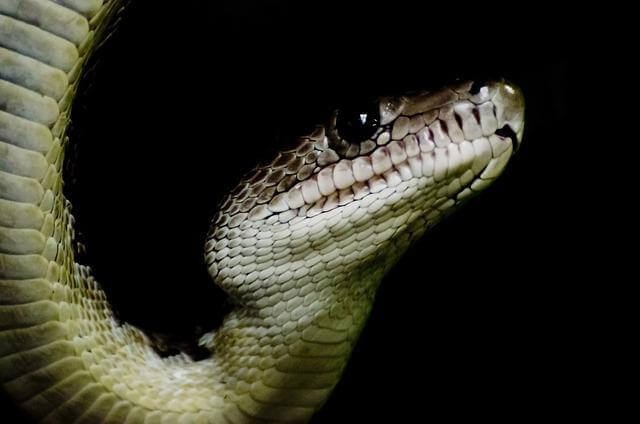
Lizards

Lizards are cold blooded animals. They have scales, and they can be found in many different colors. You might find them on your patio or even in your backyard!
Turtles & Tortoises


Turtles and tortoises are both cold blooded animals. Turtles live in the water, tortoises on land. They can be found worldwide, and they come in many different shapes, sizes, colors, and species. Some turtles have shells, while others don’t. They might walk on land or swim underwater- it just depends on their habitat!
Alligators & Crocodiles
Alligators are cold blooded animals. They live in rivers and seas and can be found in North America, Central America, South America, and Asia.
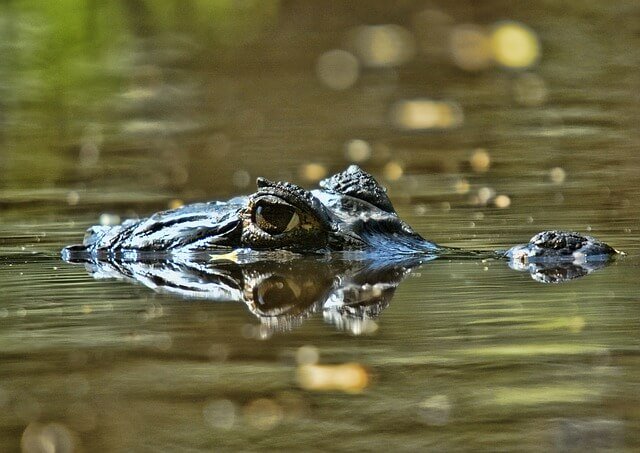
Insects

Insects are cold blooded animals. They have six legs and three body parts, and they can be found all over the world! Some people think that insects are gross because they’re small and crawly, but others find them fascinating. There’s so much to learn about these little creatures! You might not want to touch one with your hands, but it’s fun to watch them crawl around on the ground or in trees.
Dragonflies
Have you ever seen a dragonfly?
They’re beautiful, right?
And they can fly!
And did you know that dragonflies do not have lungs? They breathe through spiracles (holes) in the abdomen.
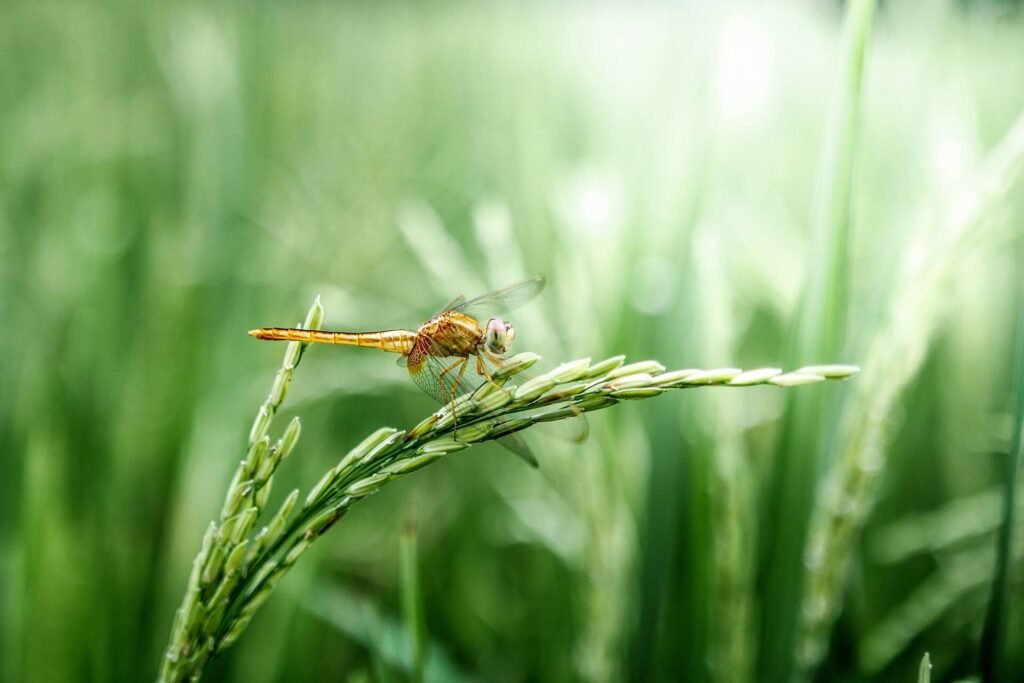
And they’re cold blooded as well. That’s why they need to keep their wings moving all the time. If they stop for too long, it could be fatal.
So next time you see one, give them some space and appreciate how incredible these creatures really are!
Bees
Bees are cold blooded, so they can’t fly in the winter. But don’t worry! They’re not going to die or anything. They just stay inside and wait for springtime to come around again.

Amphibians
Amphibians are cold blooded animals. They can be found on every continent except Antarctica and in various habitats, from mountain streams to the rainforest floor. Some species live underground or underwater, while others spend most of their lives in trees.
These fantastic creatures have been around for over 300 million years! But they’re now facing extinction due to human-caused climate change and habitat destruction.
Frogs & Toads
Frogs and toads are both cold blooded animals. They’re so cute, but they don’t make great pets! You can find them in a variety of colors, shapes, and sizes.
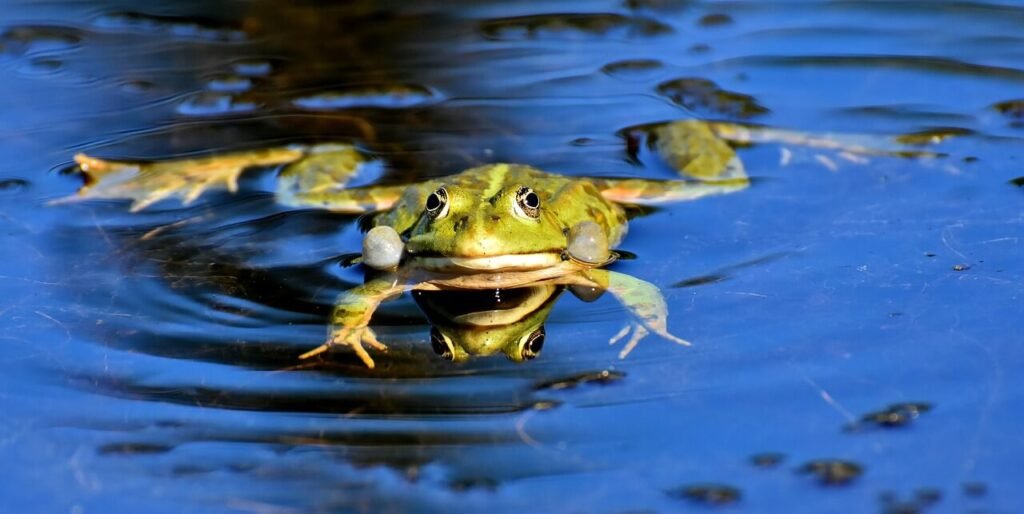
Salamanders
Fish (including sharks)
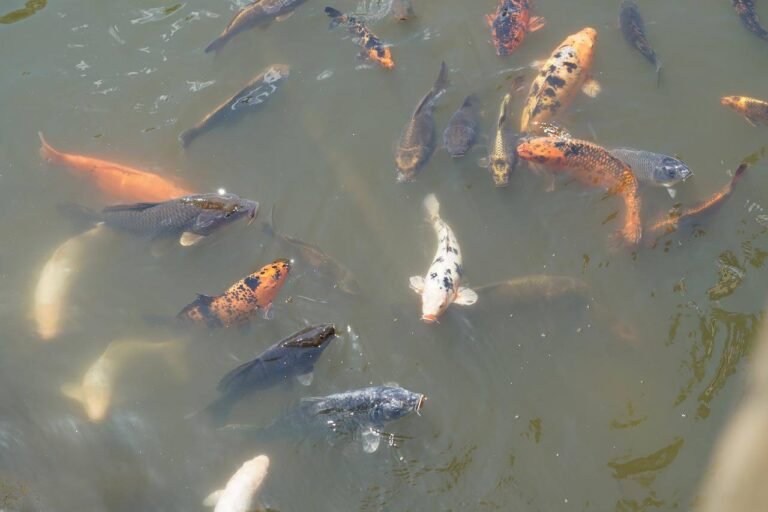
Fish are cold-blooded animals. They don’t have the same temperature regulation as humans, and they can’t regulate their body heat by sweating or shivering. Instead, they rely on a process called conduction to keep themselves warm. This means that when it’s hot outside, fish will swim in cooler water so that they don’t overheat!
